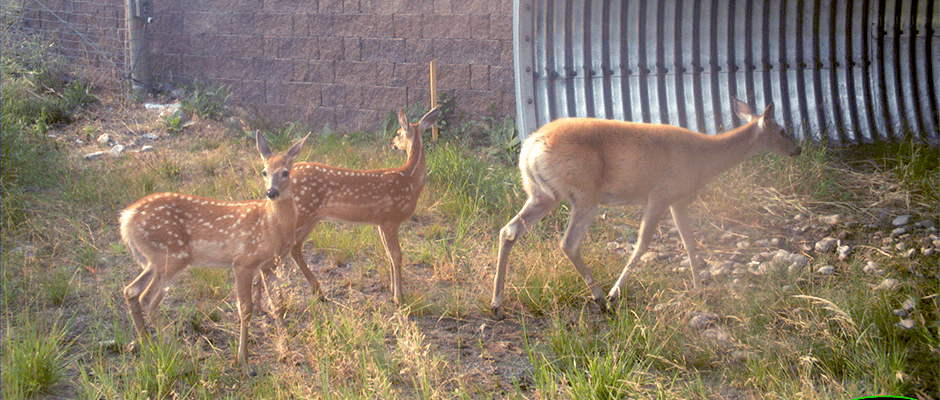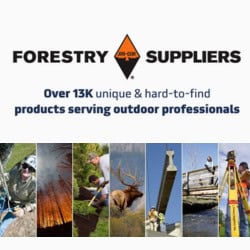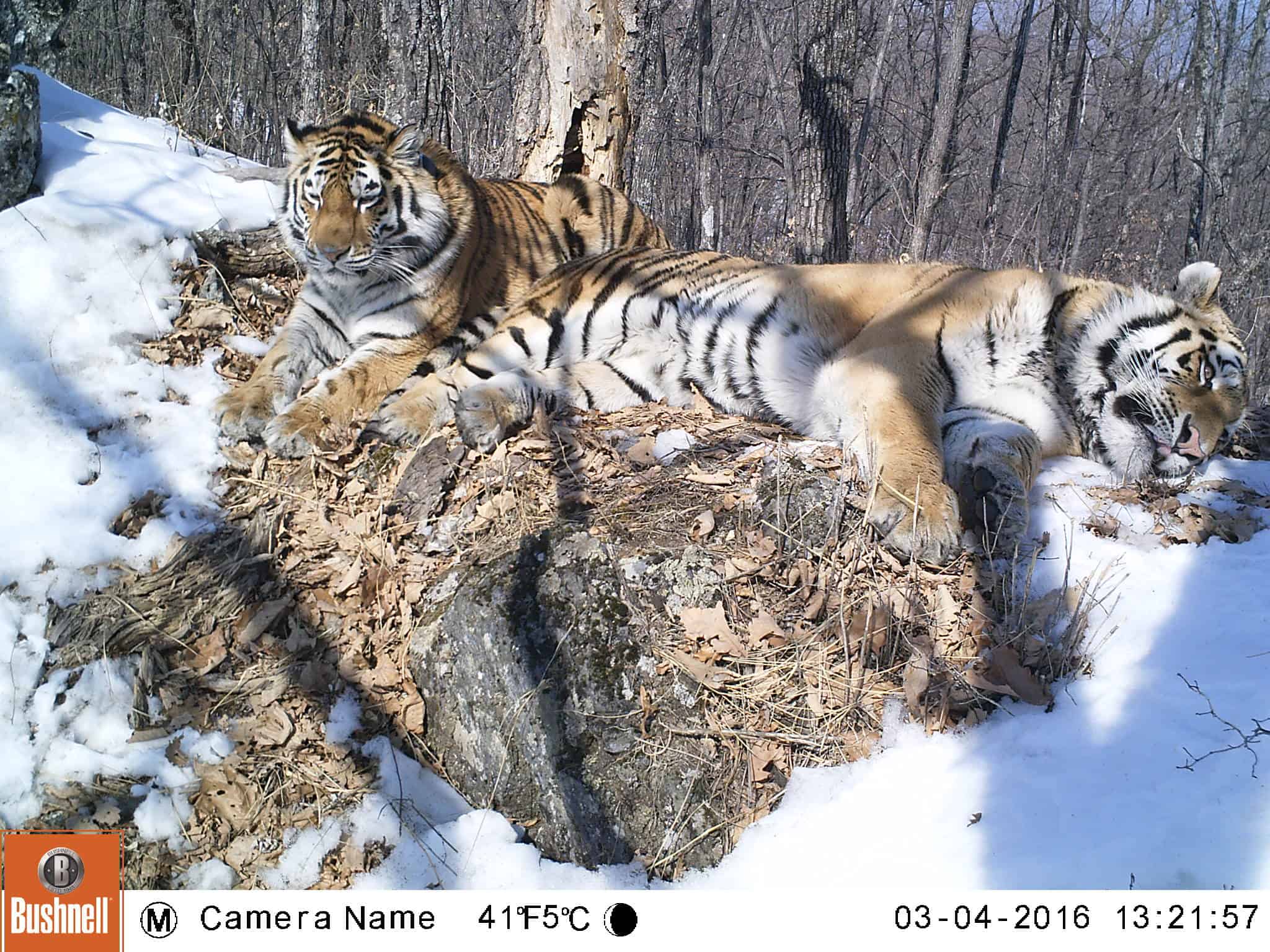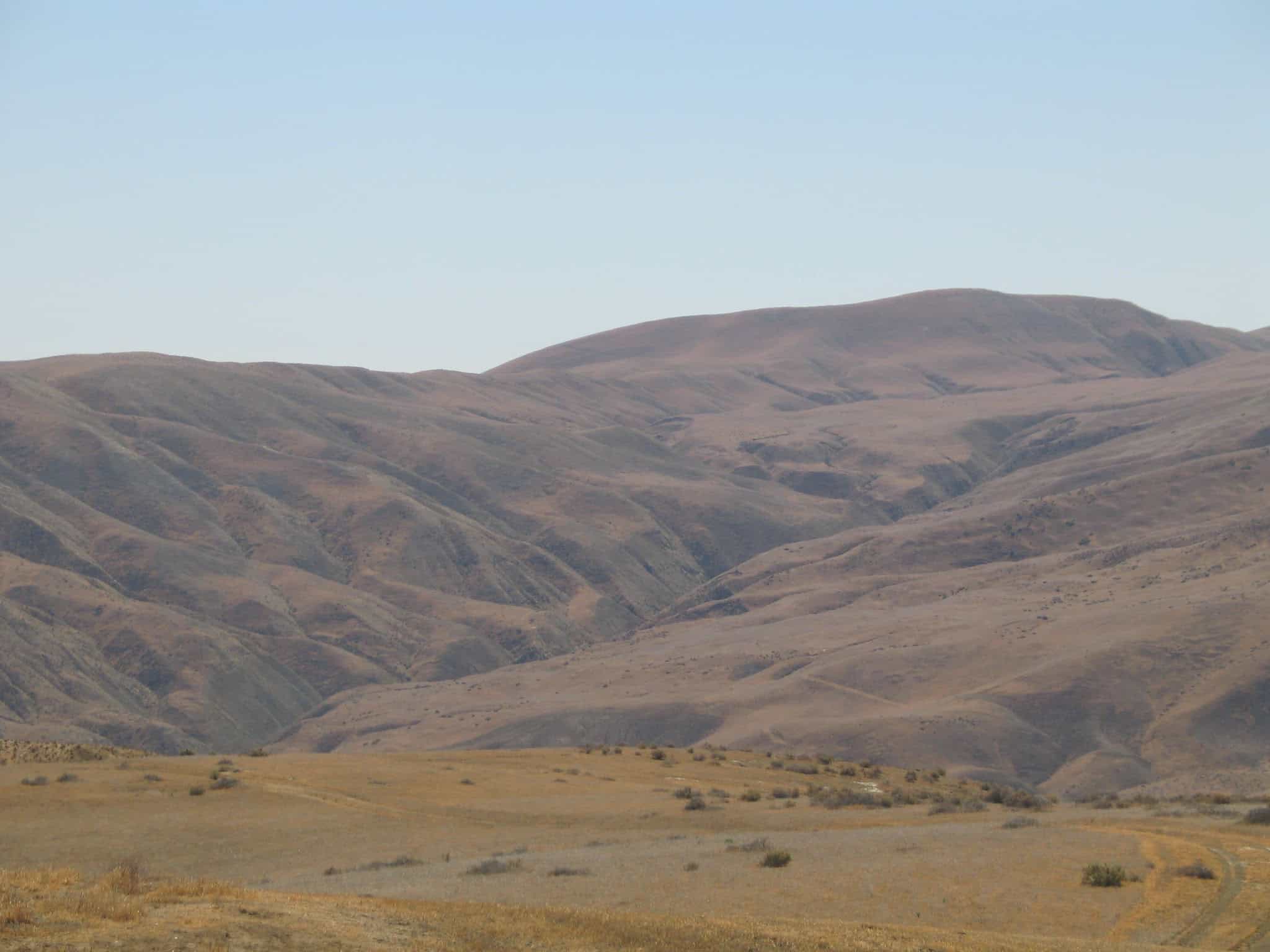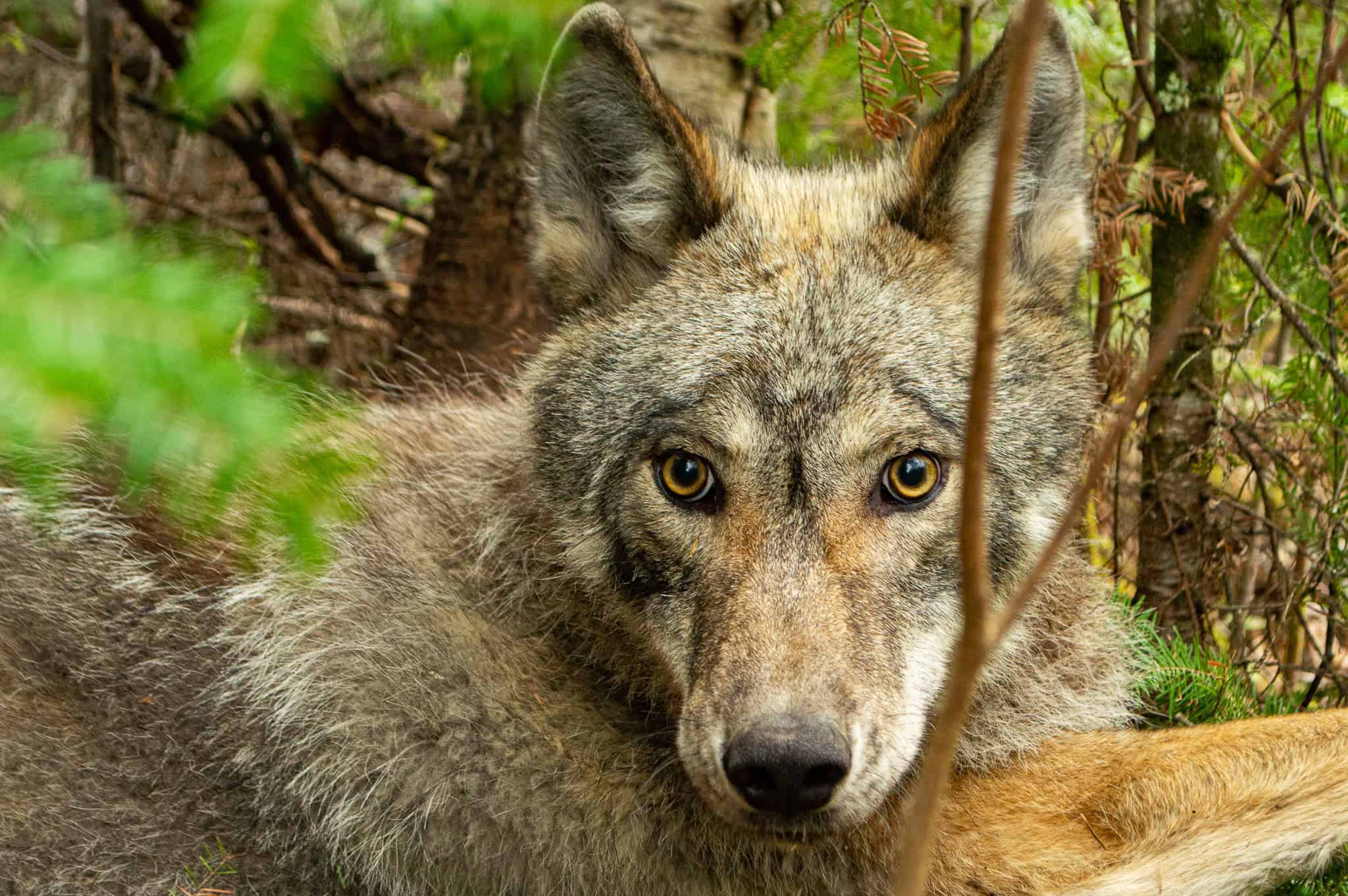Share this article
Along busy Highway 93, large mammals choose crossing structures
Large mammals choose to use crossing structures on the busy U.S Highway 93 on Montana’s Flathead Indian Reservation, according to new research.
The structures appear to be particularly effective for deer, which researchers found used them “significantly more than could be expected” than the surrounding landscape. Black bears and coyotes crossed at underpasses about the same as at other points.
“There have been naysayers that might think the structures are a waste of money, but our research show that they do, in fact, work,” said A.Z. Andis, the lead author of the recent study published in Frontiers in Ecology and Evolution and a PhD student at the Yale School of Forestry and Environmental Studies. “But on the flipside of that, they don’t solve the whole problem that roads pose to wildlife. It’s a great story, but not the whole story.”
U.S. Highway 93 is one of the roads with the most crossing structures in the United States, Andis said, with a series of underpasses that have been around for over 10 years.
“The Confederated Salish and Kootenai tribes pushed hard for the design of a road that preserved the spirit of the place, including the history and legacy of the landscape,” Andis said. “This included wildlife in that area. The road reconstruction gave us enough structures of almost identical geometry and design to compare against each other.”
In the study, Andis and his colleagues used motion-sensing trail cameras at the entrances of wildlife underpasses and spread other cameras throughout the adjacent habitat. By doing so, they were able to monitor the movement of large mammals traveling through the crossing structures, track which species were using the surrounding habitat and test the “funneling effect” of wildlife preferentially using the structures.
Andis then compared the number of animals and what species were found in specific areas to how many of them were using the crossing structures. For their analysis, they used mule deer (Odocoileus hemionus), white-tailed deer (Odocoileus virginianus), black bears (Ursus americanus) and coyotes, (Canis latrans), since they were the species showing up most on the camera traps.
“Overall, large mammals were more likely to cross through the structure than a random point in the environment,” Andis said. “That’s one goal we’re aiming for with these crossing structures.”
The research showed that the structures were helpful in maintaining habitat connectivity for the wildlife across the barrier that the highway created, Andis said. But, he said, this doesn’t mean they are the sole answer for maintaining connectivity of these species.
“It’s great they’re using them, but if we want completely permeable highways, we would need way more crossing structures,” he said. “If we want to promote habitat connectivity, crossing structures are great for that, but they are not a panacea for the many negative effects of roads for wildlife.”
Header Image: Three white-tailed deer use an underpass along U.S. Highway 93 as it passes through Montana’s Flathead Indian Reservation. Image courtesy of A.Z. Andis.



